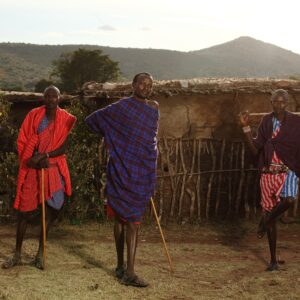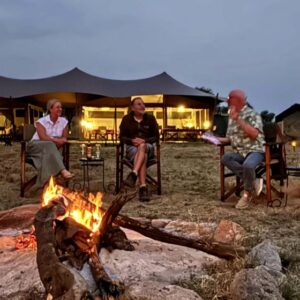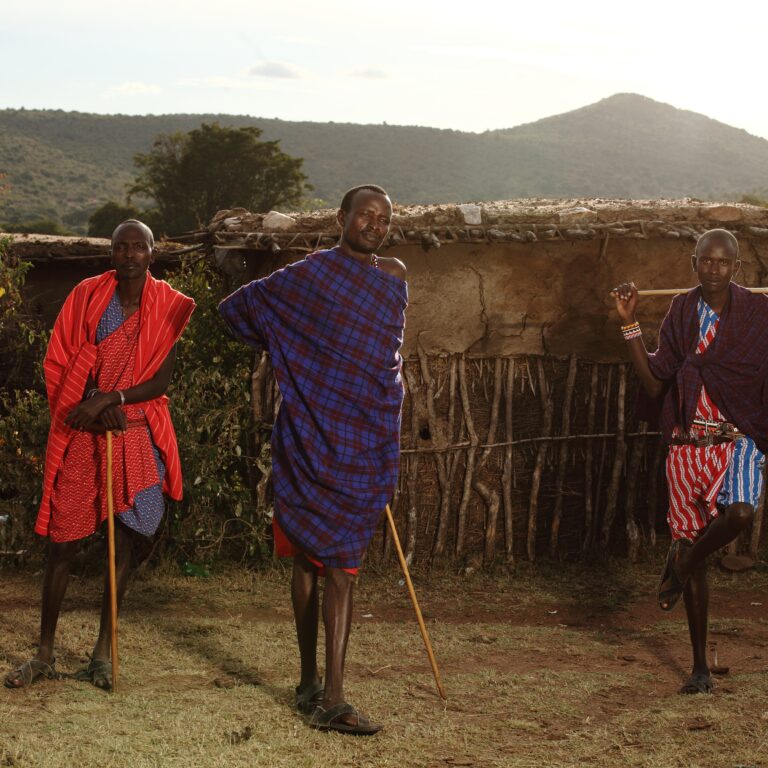10 Ways to Boost your Fitness for Mount Kilimanjaro Hiking.
Climbing Kilimanjaro is a monumental undertaking, demanding both physical and mental resilience. Building and sustaining hiking endurance is crucial for conquering the diverse terrains and altitudes of this majestic peak. In this article, we’ll explore 11 effective strategies to boost your hiking endurance, ensuring you’re well-prepared for the challenges that Kilimanjaro presents. Additionally, we’ll address frequently asked questions to provide comprehensive insights for aspiring climbers.
Cardiovascular Conditioning:
Building a strong cardiovascular foundation is paramount for hiking endurance. Engage in activities such as running, cycling, and brisk walking to enhance your heart and lung efficiency. Aim for at least 30 minutes of cardiovascular exercise, four to five times a week, gradually increasing intensity as your fitness improves.
Interval Training:
Incorporate interval training into your routine to simulate the varied intensity of climbing Kilimanjaro. Alternate between periods of high–intensity effort and lower-intensity recovery. This approach improves cardiovascular fitness, enhances stamina, and prepares your body for the intermittent challenges of the ascent.
Strengthening Leg Muscles:
Strong leg muscles are crucial for enduring long hikes and ascending steep slopes. Focus on exercises that target quadriceps, hamstrings, and calves, such as squats, lunges, and calf raises boost Your Hiking Endurance for Climbing Kilimanjaro. Strength training enhances stability, reduces the risk of fatigue, and prepares your muscles for the demands of Kilimanjaro’s terrain.
Hike-Specific Training:
Simulate the conditions of Kilimanjaro by incorporating hike-specific training into your regimen. Choose local trails with varying terrains and elevations for practice hikes to boost Your Hiking Endurance for Climbing Kilimanjaro. Gradually increase the difficulty and duration to mimic the challenges you’ll face on the mountain.
Build Endurance with Backpack Training:
Get accustomed to carrying a backpack, similar to what you’ll use on Kilimanjaro. Start with a light load and gradually increase the weight as your endurance improves. This helps condition your body for the additional weight and builds strength in the muscles supporting your back and shoulders.
Focus on Core Strength:
A strong core provides stability and balance, essential for navigating uneven terrain. Include core-strengthening exercises such as planks, Russian twists, and mountain climbers in your routine. A stable core contributes to overall endurance and reduces the risk of injury.
Hydration and Nutrition:
Proper hydration and nutrition are fundamental for sustaining hiking endurance. Stay well-hydrated before, during, and after training sessions. Consume a balanced diet rich in carbohydrates, proteins, and healthy fats to fuel your body for the physical demands of climbing Kilimanjaro.
Practice Altitude Simulation:
Kilimanjaro’s high altitude poses a unique challenge. While you can’t replicate its exact conditions, consider training at higher elevations if possible to boost Your Hiking Endurance for Climbing Kilimanjaro. This helps your body adapt to lower oxygen levels, improving your endurance and reducing the risk of altitude-related issues during the climb.
Incremental Distance Increase:
Gradually increase the distance of your training hikes to build endurance progressively. Start with shorter distances and slowly extend the duration as your stamina improves. Incremental increases allow your body to adapt without overexertion, minimizing the risk of injuries.
Rest and Recovery:
Allowing your body sufficient time to rest and recover is essential for building endurance. Incorporate rest days into your training schedule, giving your muscles time to repair and strengthen. Quality sleep is equally important, as it supports overall physical and mental well-being.
Mental Endurance Training:
Climbing Kilimanjaro is not just a physical challenge; it’s a mental one as well. Develop mental endurance by practicing mindfulness and focus during your training. Cultivate a positive mindset, visualize success, and train your mind to overcome challenges, especially during moments of fatigue.
FAQs: Boost Your Hiking Endurance for Climbing Kilimanjaro
How can I increase my hiking endurance? First walk on flat terrain. Work up to doing more intense walks that include uphill or downhill walking. Gradually increase the intensity of the trail and eventually the total time they hike for. Incorporate hill workouts and weighted vests or backpacks to continue improving endurance levels.
How long does it take to prepare for climbing Kilimanjaro?
The duration varies based on individual fitness levels. Ideally, aim for a preparation period of 3 to 6 months, focusing on cardiovascular conditioning, strength training, and altitude simulation.
Is it necessary to train at high altitudes for Kilimanjaro?
While not mandatory, training at higher elevations can be beneficial. It helps your body adapt to lower oxygen levels, enhancing endurance and reducing the risk of altitude-related issues during the climb.
What is the best footwear for hiking Kilimanjaro?
Choose sturdy, waterproof hiking boots with excellent ankle support. Break them in before the climb to prevent blisters and ensure comfort during long treks.
How can I prevent blisters during the climb?
Wear moisture-wicking socks, ensure proper boot fit, and use blister prevention techniques such as applying moleskin or using specialized blister prevention products.
Should I carry a trekking pole?
Yes, trekking poles provide added stability, especially during descents. They reduce strain on the knees and enhance overall balance, contributing to endurance and injury prevention.
What is the role of nutrition during the climb?
Proper nutrition is essential for sustaining energy levels. Consume a balanced diet with a mix of carbohydrates, proteins, and fats. Pack easily digestible snacks for quick energy boosts.
Conclusion: Boost Your Hiking Endurance for Climbing Kilimanjaro
Boosting hiking endurance is a crucial component of preparing for the grand ascent of Kilimanjaro. By integrating these 11 strategies into your training regimen and addressing common FAQs, you’ll not only enhance your physical stamina but also fortify your mental resilience for the challenges that await on the slopes of this iconic African peak.








